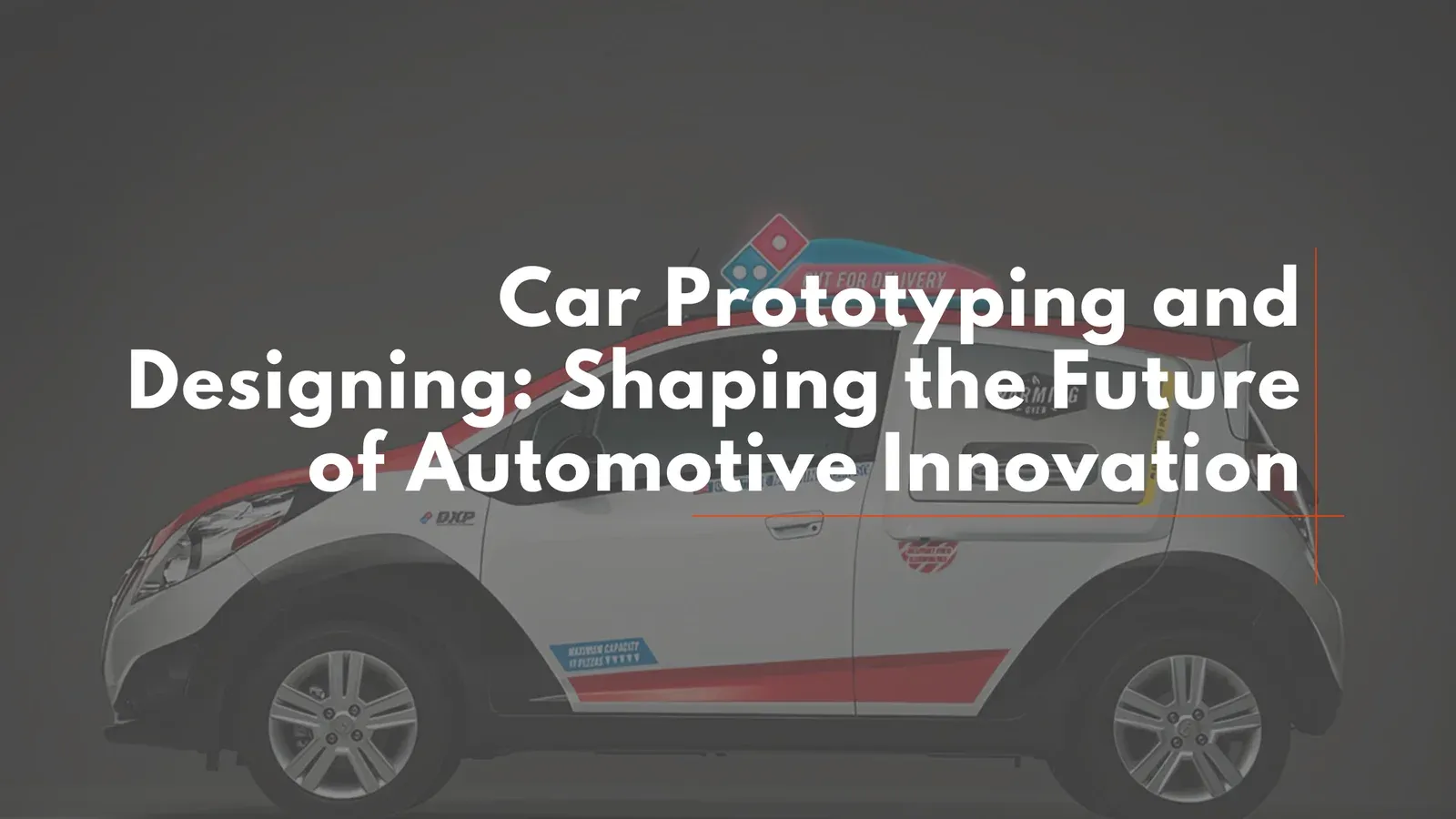The world of automotive design is a blend of art, engineering, and cutting-edge technology, where the journey from concept to reality is as exciting as the vehicles themselves. Car prototyping and designing are pivotal stages in this journey, where ideas are transformed into tangible prototypes, ready to hit the road. At TNT Moto Designs, our approach to car prototyping and designing is rooted in innovation, precision, and a passion for creating vehicles that stand out not just for their performance but also for their unique design language.
The Art of Car Designing
Designing a car begins with a concept—a vision of what the vehicle could be. This vision is often inspired by a theme, a need in the market, or a desire to push the boundaries of automotive design. At TNT Moto Designs, the design process starts with detailed sketches, where every curve, line, and angle is meticulously crafted. These sketches serve as the foundation for the vehicle’s aesthetic, capturing the essence of what the car is meant to represent.

Once the initial sketches are complete, they are translated into digital models using advanced computer-aided design (CAD) software. This phase allows designers to explore various design elements, such as materials, colors, and textures, and make adjustments as needed. Digital rendering is crucial as it provides a 3D visualization of the car, allowing the design team to assess the vehicle’s overall look and feel. It’s also the stage where functional aspects like aerodynamics and ergonomics are integrated into the design, ensuring that the car is not only visually appealing but also practical and efficient.
Prototyping: Bringing Designs to Life
After the design is finalized, the next step is to bring it to life through prototyping. Prototyping is where the abstract becomes tangible, and the car begins to take its physical form. This process involves creating a full-scale model of the vehicle, which allows designers and engineers to evaluate the design in a real-world context.
At TNT Moto Designs, our prototyping process is a blend of traditional craftsmanship and modern technology. Using a combination of 3D printing, CNC machining, and hand-built techniques, we create detailed prototypes that are as close to the final product as possible. These prototypes are crucial for testing various aspects of the car, from the fit and finish of body panels to the integration of mechanical components.
Prototyping also serves as a testing ground for innovation. It allows us to experiment with new materials, test the functionality of complex systems, and ensure that every component works seamlessly together. This phase is where potential issues are identified and addressed, ensuring that the final product is flawless in both form and function.
The Role of Collaboration
Car prototyping and designing are inherently collaborative processes. At TNT Moto Designs, designers work closely with engineers, fabricators, and clients to ensure that every aspect of the car meets the highest standards. This collaboration ensures that the final product not only fulfills the original vision but also exceeds expectations in terms of performance, safety, and reliability.
Conclusion: Crafting the Future of Automotive Design
Car prototyping and designing at TNT Moto Designs is more than just a process—it’s an art form that combines creativity, precision, and innovation. From the initial concept to the final prototype, every step is driven by a passion for excellence and a commitment to pushing the boundaries of automotive design. As we continue to explore new possibilities and set new standards in the industry, we invite you to join us in crafting the future of automotive innovation.
